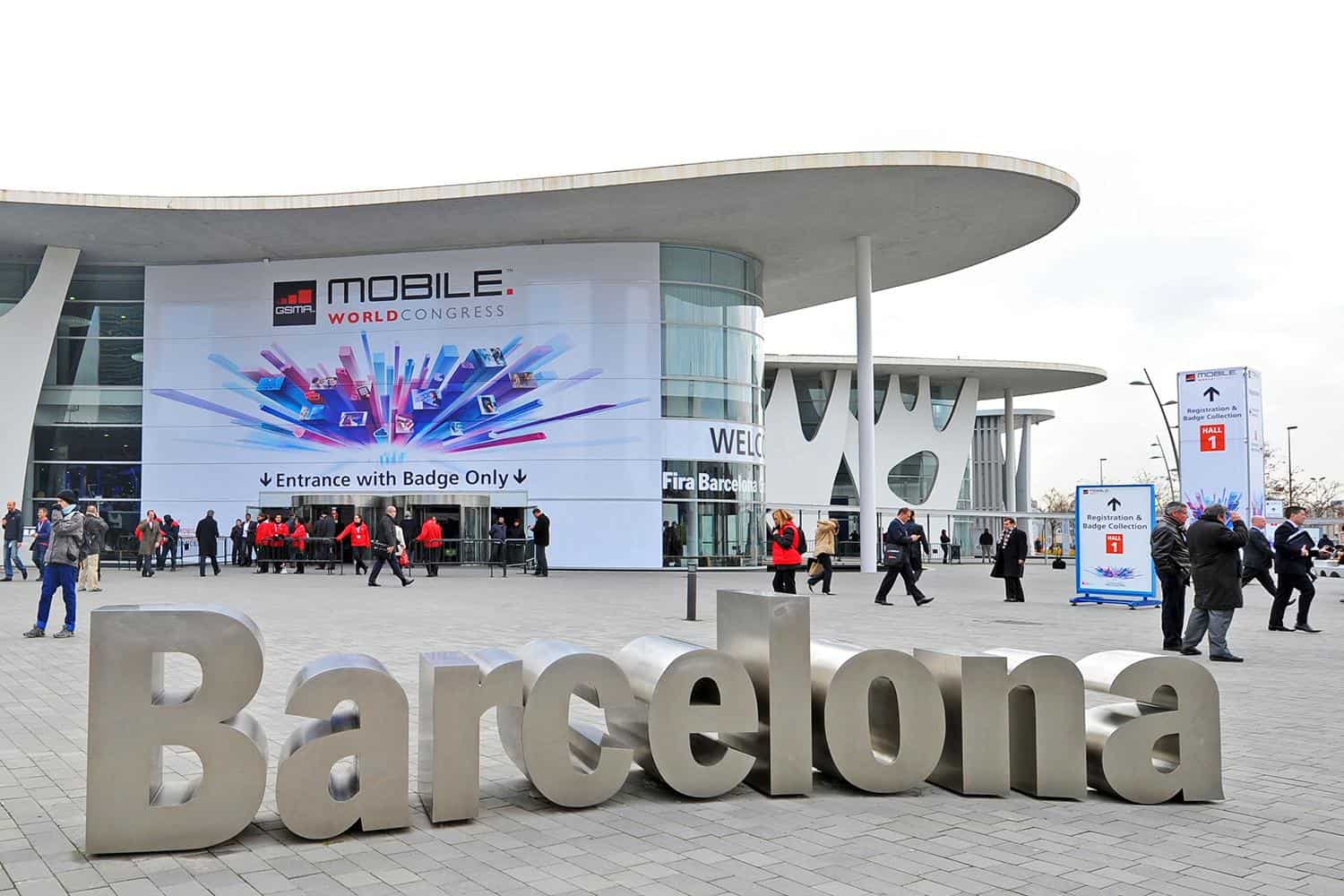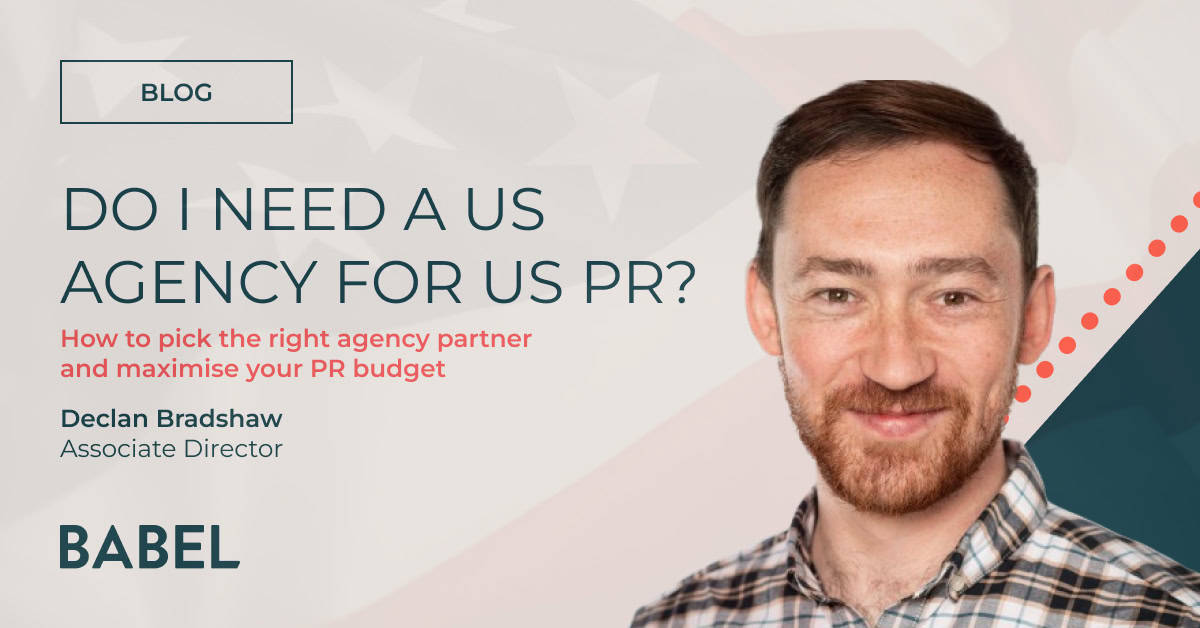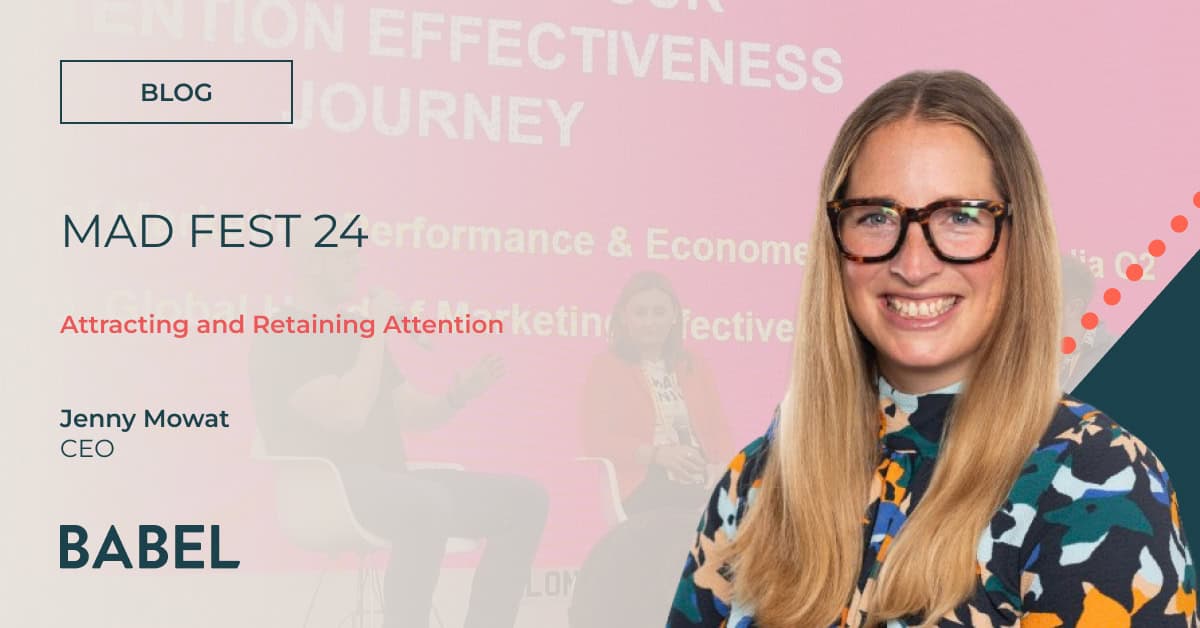
The return of the ‘real’ Mobile World Congress: three tips for a winning tradeshow PR campaign
It’s exactly three weeks until Mobile World Congress (MWC) opens in Barcelona. That first day, 28th February 2022, will also mark three years since the event – the most important tradeshow in the telco calendar – last took place in its annual February slot, and perhaps an indication that the event is slowly returning to ‘normal’.
I can’t deny that I’m more excited about the show this year than I have been for the many that have come before. For lots of us (PRs, media, brands, exhibitors) MWC22 will allow us to again enjoy – and take advantage of – everything the tradeshow has to offer. Last year’s hybrid format will continue, but we predict larger crowds for 2022, as well as more exhibitors, and bigger physical fringe events. The competition for column inches will also be as fierce: throughout covid-19 and thanks to the rapid digitalisation and cloudification of, well, pretty much everything, we’re seeing new digital-first players, OTT brands and hyperscalers stealing the limelight from traditional telcos.
MWC22 will be an opportunity for a wide variety of brands to stake their interest in emerging sectors and show off innovative technologies and approaches.
How will they be communicating their intentions with journalists? When should they be engaging with key media? And how can they align their own messaging with the trends that journalists want to cover?
These are things that we at Babel know a fair bit about. We have a large number of clients attending MWC this year, along with a number of the Babel team who’ll be providing on-the-ground support. Of course, every brand’s approach to MWC (and tradeshows in general) will be slightly different. However, there are certain strategies we use for all of our clients to ensure they get heard at MWC and meet (or exceed!) their MWC/PR programme objectives. Here’s a quick overview of that award-winning approach:
-
Get your news out early
“If you’re a small company, get out there early. You’ll get some visibility, generate some interest: I think it’s the only way to go.” This was the advice given by Ray Le Maistre, editorial director at TelecomTV and previously editor-in-chief at Light Reading, at an MWC22-focussed panel event Babel hosted at the close of last year.
This is definitely a strategy we leverage for all our clients – from small firms and start-ups to major players. Because, let’s face it, unless you’re AT&T or Amazon, your announcement is unlikely to dominate at-show coverage. This isn’t to the detriment of your brand, though. Journalists are usually so overwhelmed with news, briefings and socialising during MWC, that receiving stories in the run-up will lighten the load at-show and after.
We engage with our journalist contacts on brands’ stories well in advance, allowing plenty of time for follow-up questions and pre-show virtual briefings, which pave the way for in-person engagements during the show.
-
Add value, authenticity and unique insight
At Babel, content is Our Thing. We don’t just tell media about a brand’s new product launch or software release. We don’t litter every press release or contributed article with marketing spiel and hyperbole. We offer context, provide solutions to tech and telco’s biggest challenges, provide unique insight, and explain what impact the news/opinion will have on the industry, how this’ll happen and why it matters.
When journalists are drowning in content and briefing invites during the MWC period, these things matter. They matter to brands of all sizes, but are of particular importance to smaller companies, commented Keith Dyer, editor at The Mobile Network at Babel’s panel event. If you’re a small company, you have to say why what you’re doing is/will fill a gap in the industry. You have to explain why you’re doing the things – and meeting the needs – that larger companies can’t currently do or fulfil, he added.
Provided that content is well crafted and adds value, being a smaller brand needn’t be a disadvantage to getting your voice heard during MWC. “Don’t underestimate your own value of interest,” said Dyer. “Everyone wants to know who the cool companies coming up are. Who are the start-ups? Who are the interesting new companies?”
Even things like product announcements can get the attention of journalists – if they provide that something extra and form part of an integrated content and PR campaign. “We’ll cover product announcements but not sales pitches,” said Catherine Sbeglia, technology editor at RCR Wireless and a panellist at Babel’s event. News needs to come alongside commentary on motivations and industry impact, she continued. Brands must consider, “Why is this product important and how does it change the landscape for whichever technology category that product is in?” added Sbeglia.
-
Understand and capitalise on key trends
Knowing what’s going on in your sector of the tech and telco industry is a given. But in our experience, too few brands leverage the trending topics and major disrupters to elevate their own messaging. We’re not talking about piggybacking on innovation, making spurious claims or tenuous links. We’re talking about identifying and understanding the beat of your target journalists, knowing about the things they’re writing, and demonstrating how your company and your solutions play into this.
This was the consensus of all of the panellists taking part in Babel’s event – as well as every journalist we’ve ever spoken to. As host of the event, I think I summarised the media perspective pretty neatly: as well as thinking about your own agenda for MWC, you also need to consider the topics journalists are covering, why they matter to their publication, their readers and the industry (i.e. your prospective customers!) and align your messaging with this.
What exactly are the topics the media will be most interested in during the MWC period? For Dyer, it’s openRAN, vRAN, the activity of chip companies. It’s cloud core, the move to 5G standalone (SA), and the types of services that are emerging. And don’t just focus on the most-reported on topics. There’s also an opportunity to find a niche and – provided you’ve got something to say – demonstrate why a lesser-talked about topic matters. An example? “What happened to [network] slicing?” asked Dyer.
Similarly, when sharing insight on 5G SA and the transition to a 5G SA core (Sbeglia’s top topic for MWC), brands must ensure that they are “more specific and not just talk about what everyone is talking about.” WiFi 6 and cloud gaming will also pique her interest. It’s on this latter point that really knowing a journalist’s interests comes into play. “I’m a gamer,” said Sbeglia, “and I’ve been following how telcos are trying – and maybe not so much succeeding – to tap into that booming 5G gaming market.”
Finally, Le Maistre weighed in, saying an area of focus for him will be the importance of investment and development in data transfer infrastructure, including fibre-to-the-premises and optical transport technologies. These, he said, “are all absolutely critical.”
Of course, these opinions were shared by our journalist friends before Christmas, and as we all know, a lot can happen in telco and tech in a short space of time. Which is why, at Babel, we keep our finger on the news pulse, check in regularly with media – as well as follow and actively engage with social media feeds – to ensure we know who’s writing about what, where the direction of interest is heading, and how we can add colour and further the discussion via our clients’ opinions and messaging.
The above three strategies offer just a glimpse of the kind of work we do with our clients during MWC and as part of any integrated PR campaign.
To find out how we can support your company, do get in touch. In the meantime, I hope to see as many of you as possible at the show!





